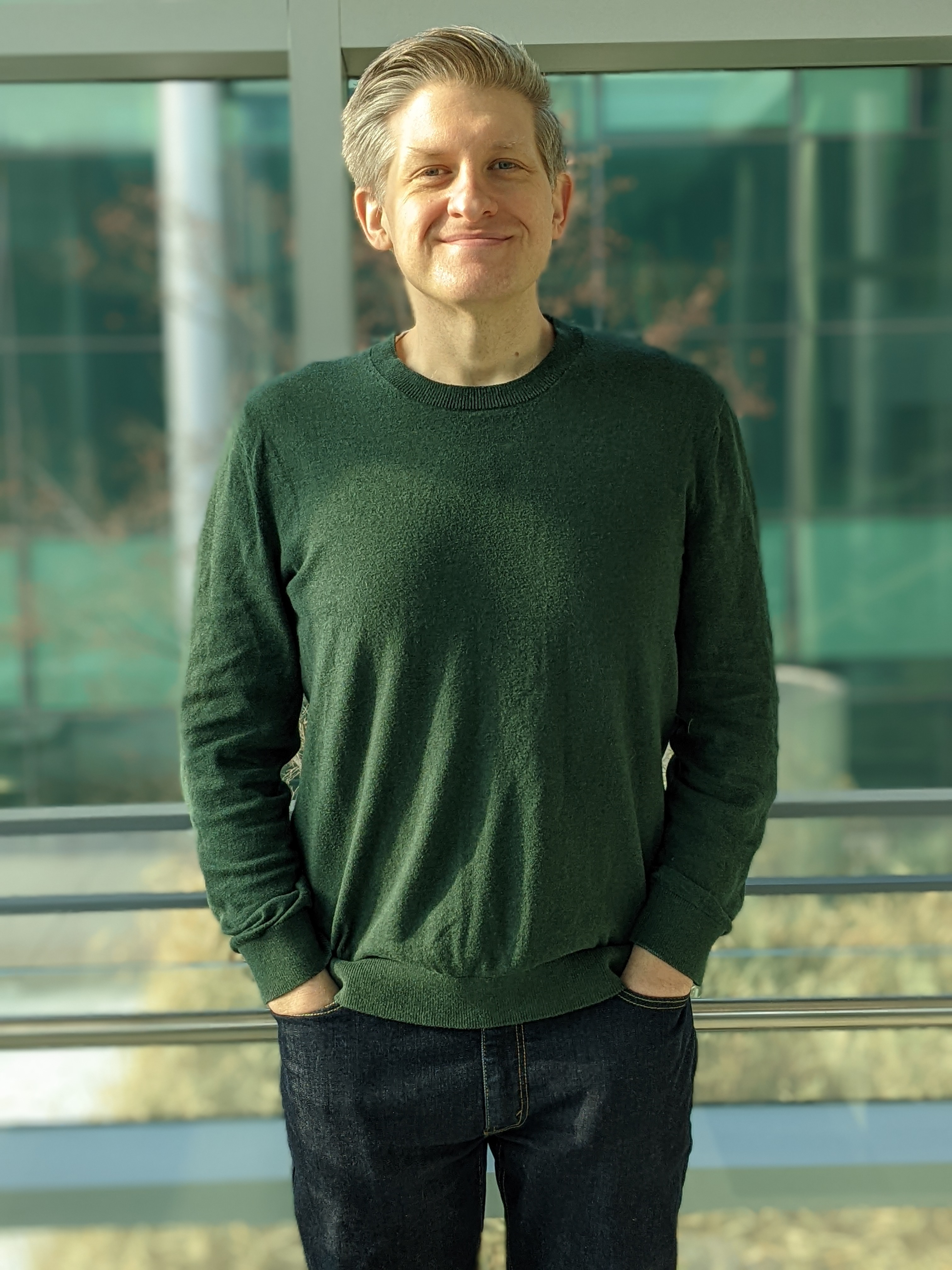I’m an Associate Professor at State University of New York at Albany in the Department of Biology. I’m also a member of The RNA Institute.
I was appointed Associate Dean of Natural Sciences and Mathematics in the College of Arts and Sciences in January 2025.
I teach the undergraduate courses ABIO 329: Genetics of Human Disease during the Fall semester. In the Spring semester, I co-teach the graduate course ABIO 524: Advanced Molecular Biology which is a core course in our Biology PhD Program.
I also run a research lab. We study the p53 family of transcription factors. This paralogous family controls a number of critical organismal behaviors, including tumor suppression, epithelial differentiation, and control of cilia production. We are interested in how seemingly similar proteins generate incredibly diverse transcriptional and cellular outcomes.
My academic career started at the University of Toledo in the Department of Biological Sciences. I performed undergraduate research in the lab of Dr. Brian Ashburner. Brian is now the Associate Dean for Graduate Affairs in the College of Natural Sciences and Mathematics.
I then pursued my PhD at Vanderbilt University where I worked with Dr. Andrew Link. I graduated in 2010.
My postdoctoral work was performed under the mentorship of Dr. Shelley Berger at the University of Pennsylvania. Dr. Berger runs the Epigenetics Institue in the Perelman School of Medicine at Penn.
